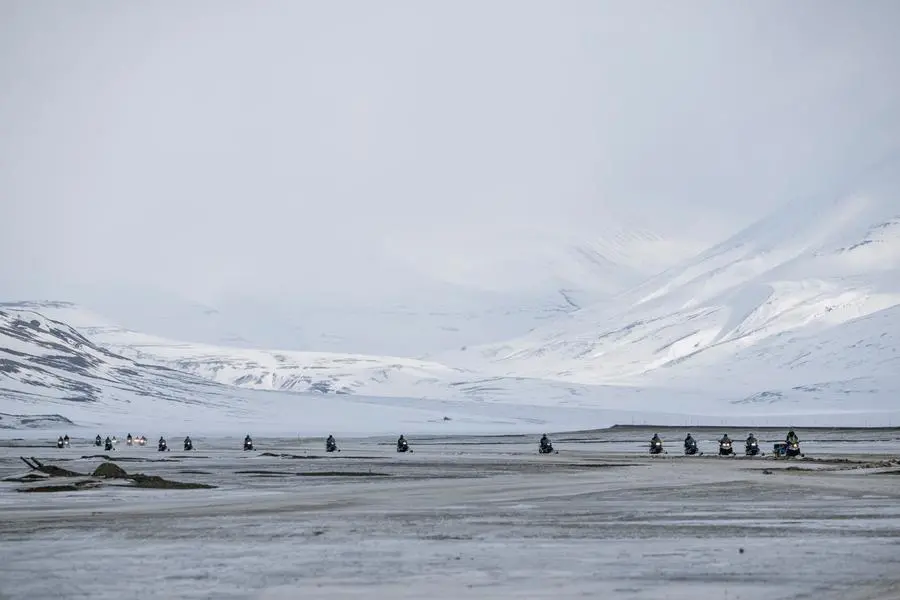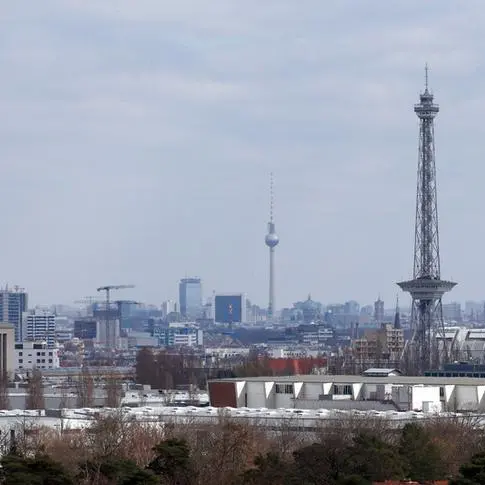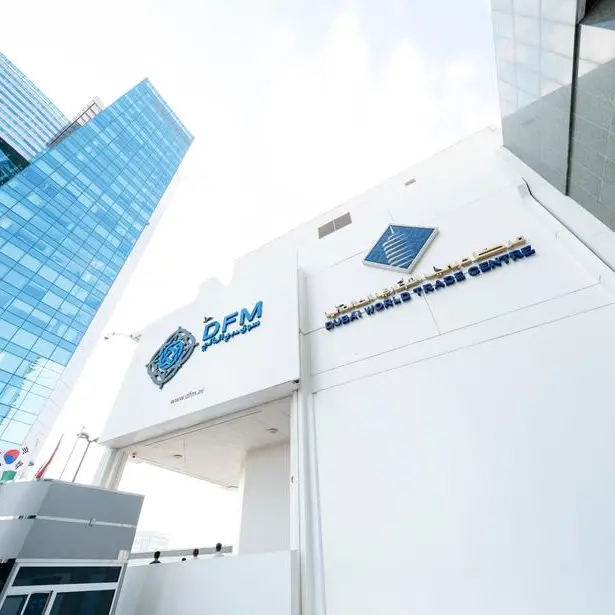PHOTO
Arctic scientists are set to start drilling to save samples of ancient ice for analysis before the frozen layers melt away due to climate change, mission organisers said on Monday.
Italian, French and Norwegian researchers have set up camp in Norway's Svalbard archipelago in what they called a race against time to preserve crucial ice records for analysing past environmental conditions.
They will extract ice in a series of tubes from as far as 125 metres (137 yards) below the surface, containing frozen geochemical traces dating back three centuries.
Analysis of chemicals in deep "ice cores" provides scientists with valuable data about past environmental conditions.
But experts warn that water from melting ice is leaking down and altering the geochemical records preserved in ancient ice beneath.
Ice scientists "are seeing their primary material disappear forever from the surface of the planet", Jerome Chapellaz, president of the Ice Memory foundation running the operation, told AFP.
"It is our responsibility as glaciologists of this generation to make sure a bit of it is preserved."
Human-caused carbon emissions have warmed the planet by 1.1 degrees Celsius since the 19th century. Studies indicate that the Arctic is warming between two and four times faster than the global average.
One set of ice tubes will be used for immediate analysis while a second set will be sent to Antarctica for storage in an "ice memory sanctuary" under the snow, where the samples will be preserved for future generations of scientists.
The eight specialists on the mission have set up camp at an altitude of 1,100 metres on the crevasse-ridden Holtedahlfonna ice field and plan to start drilling on Tuesday, Ice Memory said.
They will work for three weeks in temperatures as low as minus 25C (-13 Farenheit), cutting and pulling out a series of cylinders of ice, each one metre (three feet) long and 10cm (four inches) wide.
The 700,000-euro ($760,000) mission, partly funded by the Italian research ministry, follows a series of earlier ice core extractions by the foundation, including operations in the Alps and the Andes.




















